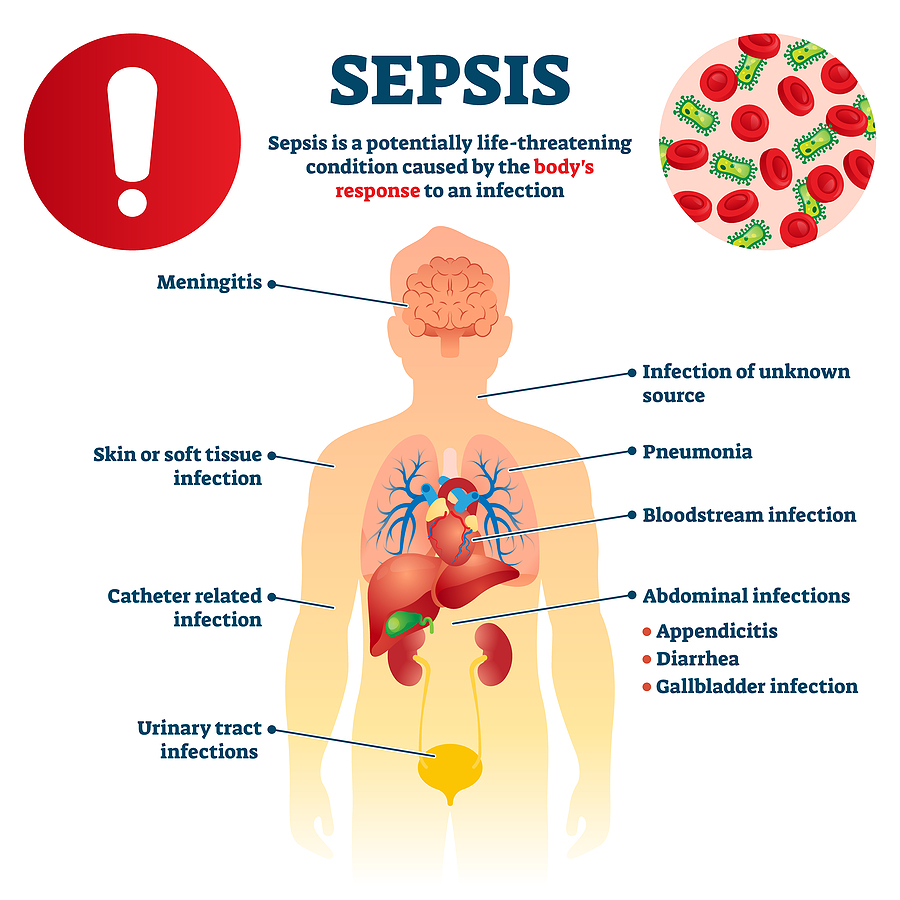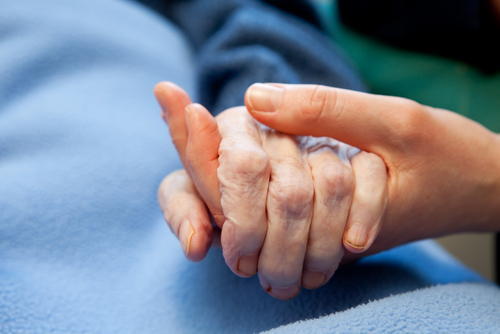Sepsis in Elderly Adults: What To Know
Category:

Along with old age comes many changes, some more subtle than others. For instance, older adults are at greater risk for infection and are more likely to experience atypical symptoms that can be more challenging to diagnose. Unfortunately, that also means older adults are at greater risk of sepsis. But what’s unique about sepsis in elderly patients, and what kinds of things do you need to be on the lookout to spot?
Sepsis in Elderly Patients – Things to Know
Sepsis refers to the inflammation response that occurs when our bodies are trying to fight off a bloodstream infection. This inflammatory response causes the body to damage itself, not unlike an ordinary fever, but with far greater risks.
Every year in the US, roughly three-quarters of a million people will develop sepsis, including a disproportionately large number of the elderly. In fact, one study of hospital discharge records found sepsis was nearly eight times more common among the elderly.
For older adults, the most common causes of sepsis are respiratory, genitourinary, or bloodstream infections. For instance, urinary sepsis in the elderly is when a UTI infection escapes into the bloodstream. Or pneumonia sepsis elderly patients have an infection that entered from the lungs but has since spread.
How Dangerous is Sepsis in the Elderly?
Unfortunately, death from sepsis in the elderly is quite common. Outside of coronary ICUs, it’s actually the second leading cause of death. It’s also worth noting the sepsis survival rate in elderly populations is quite distinct from younger adults. With only mild sepsis, a full recovery is the most common outcome. But for septic shock, the mortality rate is estimated to range between 25-40% – and closer to the higher end of that figure for the elderly.
As sepsis becomes worse, complications of sepsis in elderly patients will start to emerge. Those complications include organ damage, organ failure, and death.
A sepsis prognosis in the elderly can also be complicated because of the possibility of lasting damage from sepsis.
That’s because research has shown many of the older adults who survive a septic shock are at greater risk of entering a mental or physical decline in the years following. It’s also estimated And as many as 40% of those who survived a sepsis hospitalization died within the next two years.
Download Our Guide to Home Care
Avoiding Sepsis in Elderly Adults
Given the great danger involved, prompt treatment with antibiotic medications is usually of paramount importance to outcomes. As such, it’s also worth being familiar with some of the more common symptoms of sepsis, including confusion, rapid breathing, lower blood pressure, accelerated heart rate, severe pain, diarrhea, fatigue, fever, and lower body temperature.
Apart from early identification and treatment, prevention can be just as important. Fortunately, that’s often achievable by following some fairly common-sense guidelines, like washing your hands with soap, staying vaccinated, managing chronic conditions, and treating infections swiftly. And as always, healthy living goes a long way.
Subscribe
Date: July 29, 2021
Category:


